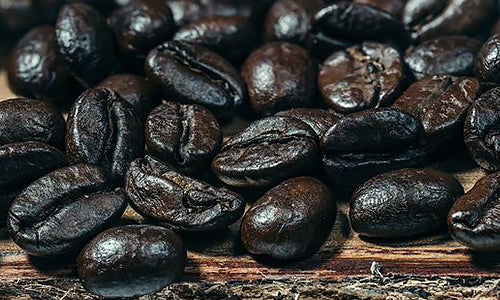Your Cart is Empty

It’s about time you stopped sitting on the fence in thedark roast vs. light roastdebate. Now’s the hour to make a choice, hopefully, the “right” one.
To the uninitiated (that’s a word I use for persons not yet enjoying the benefits of organic coffee), coffee is all dark, gloomy and bitter. Some writers have even described horror using coffee. Horrendous. But all thanks to dark roast coffee beans.
Selecting the better brew between light roast and dark roast is not entirely based on flavors. The uninitiated would again call it a better of colors, but it’s more than that. Light roast differs from dark roast in caffeine contents and health benefits too.
Here’s the most glaring difference: light roast coffee is brewed for a shorter amount of time, while dark roast coffee is brewed for longer. Somewhere in between is what some like to call the medium roast, but hardly does anyone think of that.
To make a light roast, the ideal temperature is set between 350°–400°F and the process is done once the inner temp reaches approximately 385°. Set at this temp, our beans are removed immediately after they make the first crack. You know coffee lingo, right?
For the dark roast, the temperature is set between 400°–450°, and the beans are taken out of the roaster when they reach about 440°. That is just after the 2nd crack.
The caffeine content in light roast vs. dark roast coffee plays a vital role in the roast selection process. Caffeine is, after all, what gives us that burst of energy every morning.
To be technical, roasting has no say in the caffeine content of coffee beans. Light roast and dark roast, therefore, have the same caffeine content.
However, light roast beans are smaller and denser, so a cupful of these lighter beans will provide more caffeine than a cupful of dark roast beans.
Volume speaks a lot, obviously.
Speak of night and day, and there’s hardly a more matching comparison than the flavors of light roast and dark roast coffee.
Light roast is grainy and more acidic in taste — as though you were chewing raw coffee beans. The roasting time does a number.
Dark roast, on the other hand, comes smoky, bitter and somewhat charred. Hard to prefer this if the taste is the sole consideration.
However, the strong and sometimes bitter, depending on the brew method, taste of a quality dark roast is specific. Aside from brew strategy, the strange taste of bitterness can be an indication of molds or mycotoxins in your coffee.
Countless studies have declared light roast the winner here. It isn’t even a close race. The shorter roasting time of light roast coffee means that nutrients are still retained in their fresher form. HOWEVER, you know what to expect with dark roast. It's robust, strong and frankly what you need when it comes to espresso or even when making a latte. With the added cream, the dark roast is needed to balance the sweetness of the cream or other dairy used. To enjoy the powerful polyphenol chlorogenic acid in coffee, the light roast is your obvious choice.